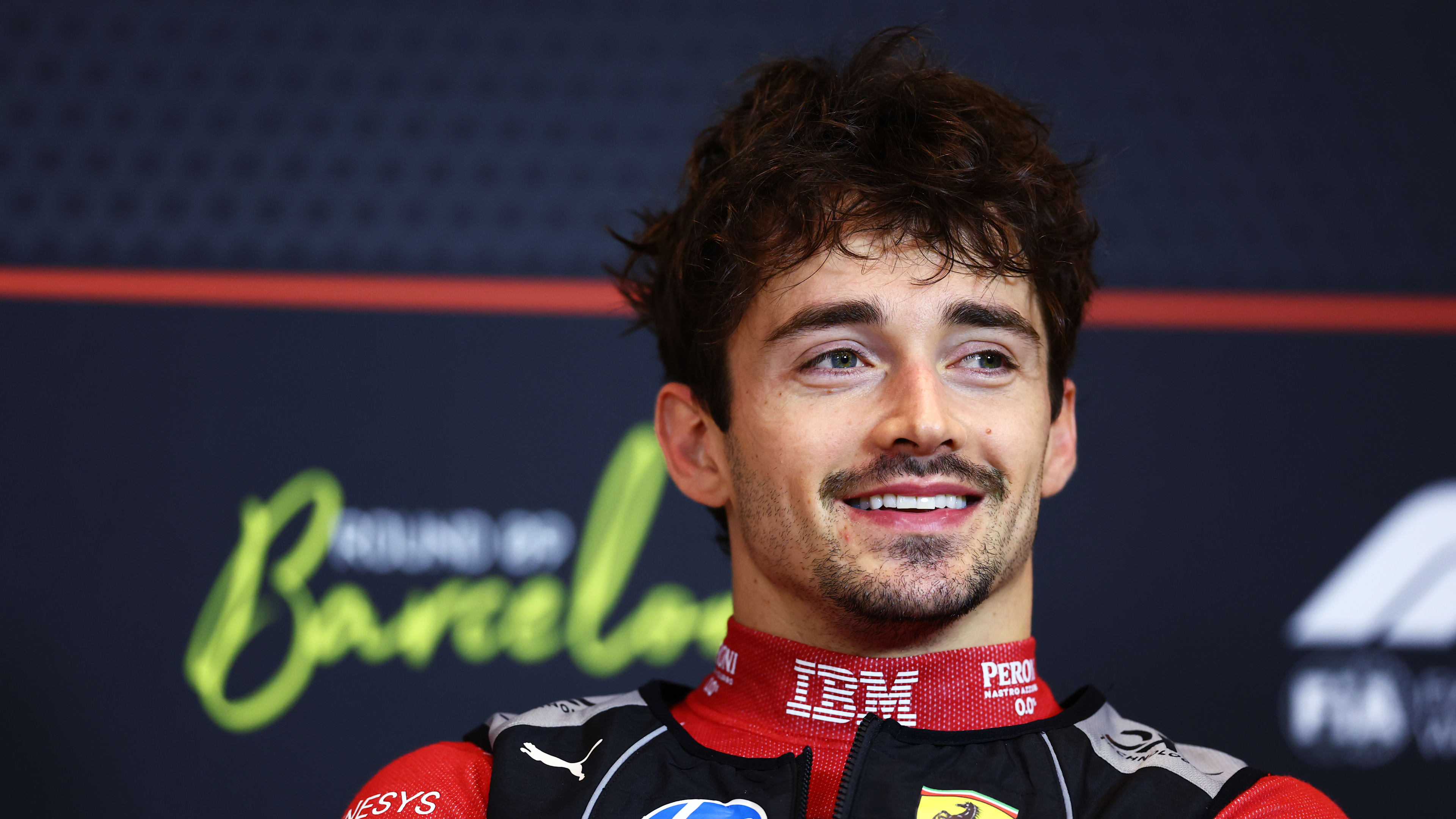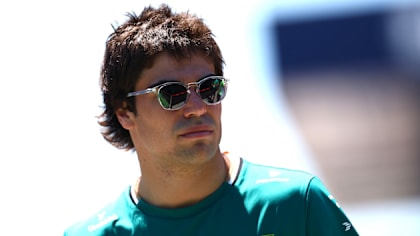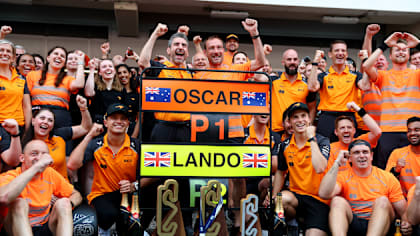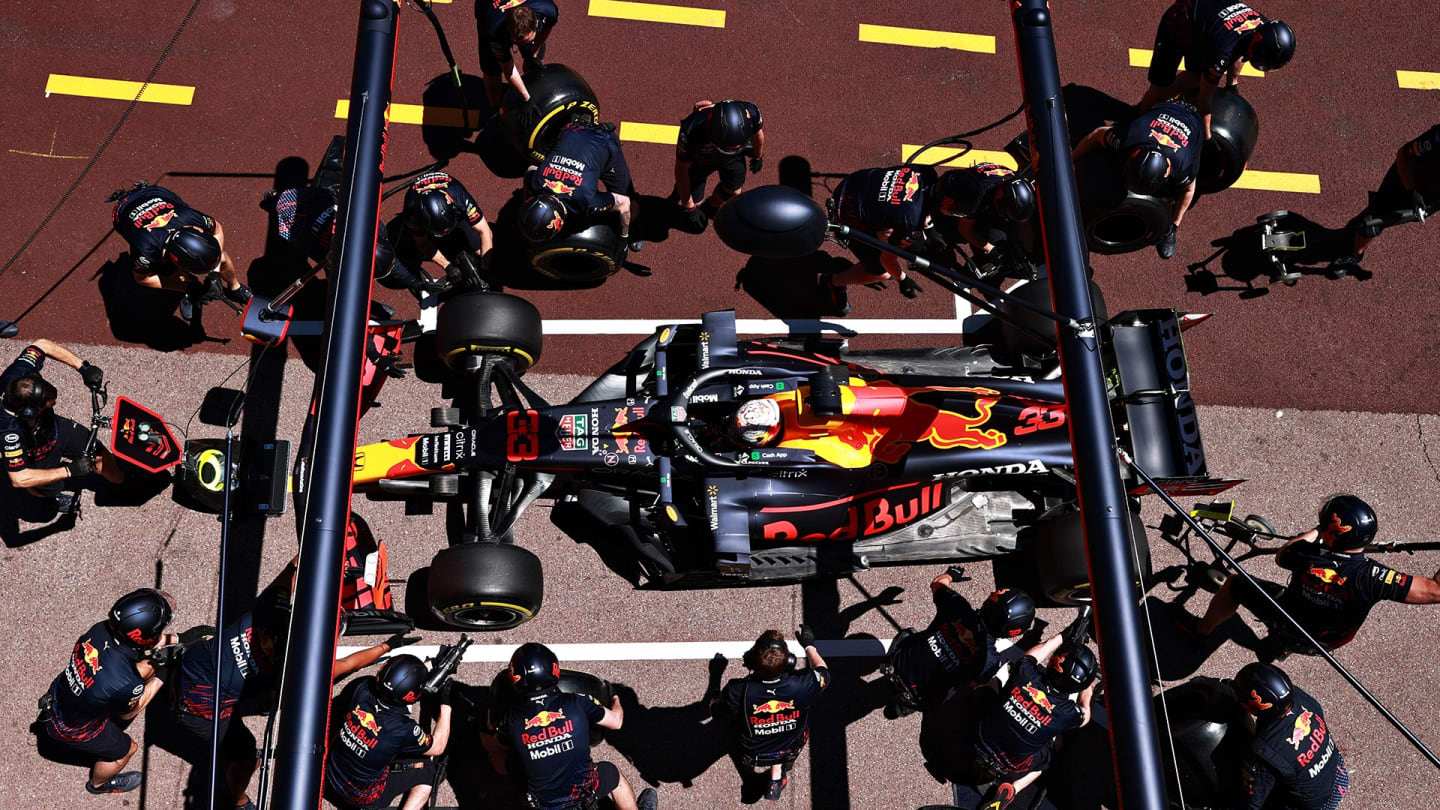
Feature
STRATEGY GUIDE: What are the possible race strategies for the Monaco Grand Prix?

Share

The Monaco Grand Prix is almost always a one-stop race, but timing that stop is crucial. We take a look at the different strategic options ahead of today’s race at the Circuit de Monaco.
What are the likely strategies for the frontrunners?
As was the case in Spain, all of the frontrunners are starting on the softest compound tyre. Nobody could afford to risk a run on the mediums because of the close nature of the field, with every bit of lap time crucial and a lowly starting position particularly damaging on a track where it’s close to impossible to overtake.
We’re usually talking about Red Bull and Mercedes as the frontrunners, but it’s Charles Leclerc on pole position and Lewis Hamilton is down in seventh, and that in itself poses issues for those fighting for the win.
Leclerc has a car capable of winning the race in terms of both pace and track position, but it’s unlikely he will check out and pull a major gap at the front if he gets away in the lead. A one-stop is the only strategy anyone will consider, but with so many quick cars behind him too, the gaps will not open up easily in order to pit and re-join in clear air.
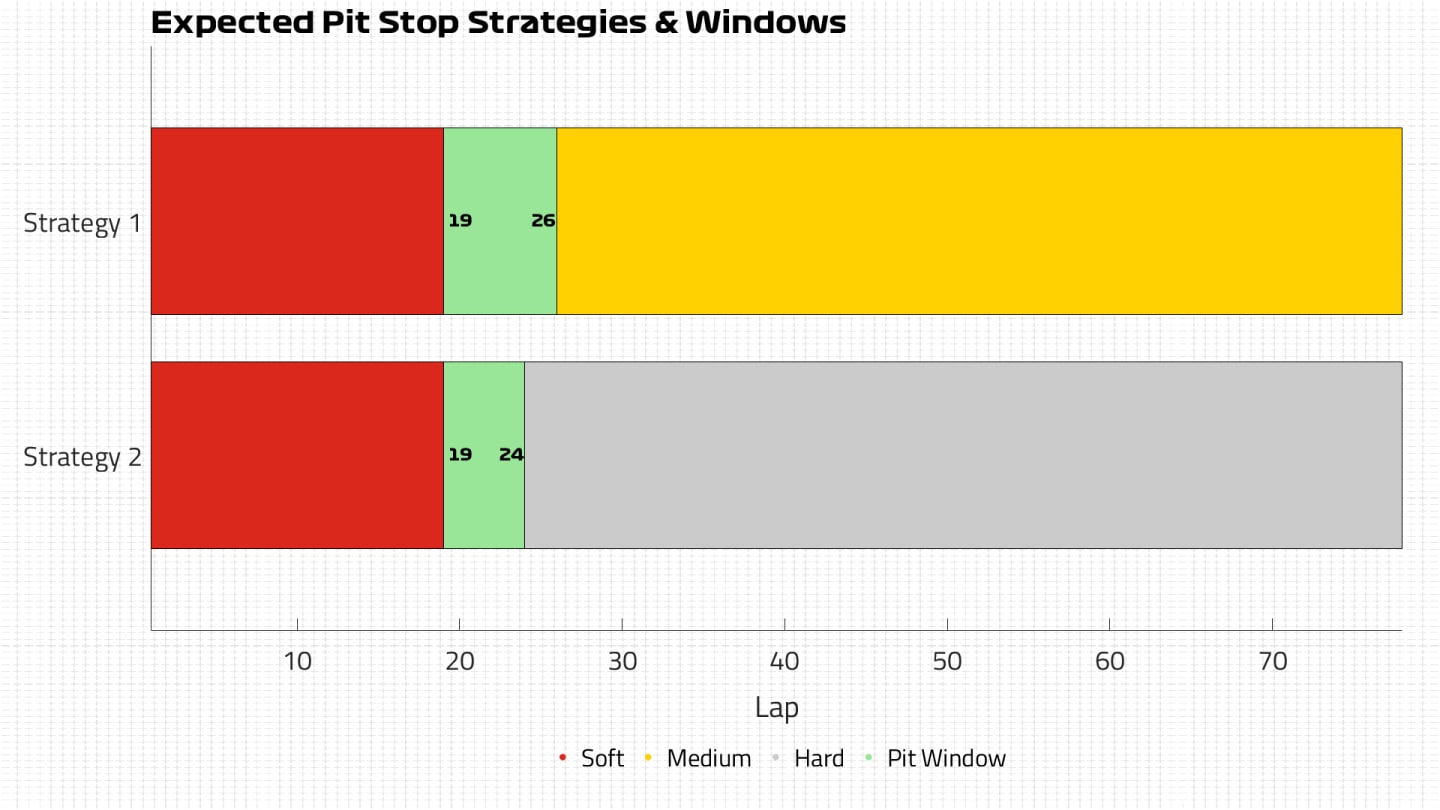
Our data shows the pit window will open up at around Lap 19, but the soft tyre can do more than half the race, so it’s all about timing the stop to retain track position and not get caught in traffic further back, meaning running a longer first stint before stopping is possible. So the frontrunners will be looking for an advantage of around 22 seconds over a car in order to pit and re-join ahead of them.
An early Safety Car would help as they can switch to mediums and run to the end, but if not then they will be looking for a gap to pit into. The race leader can wait a long time for that opportunity, but the longer the stint goes on, the more likely they are to catch backmarkers and have to deal with blue flags that could slow their pace, so it won’t be an easy call.
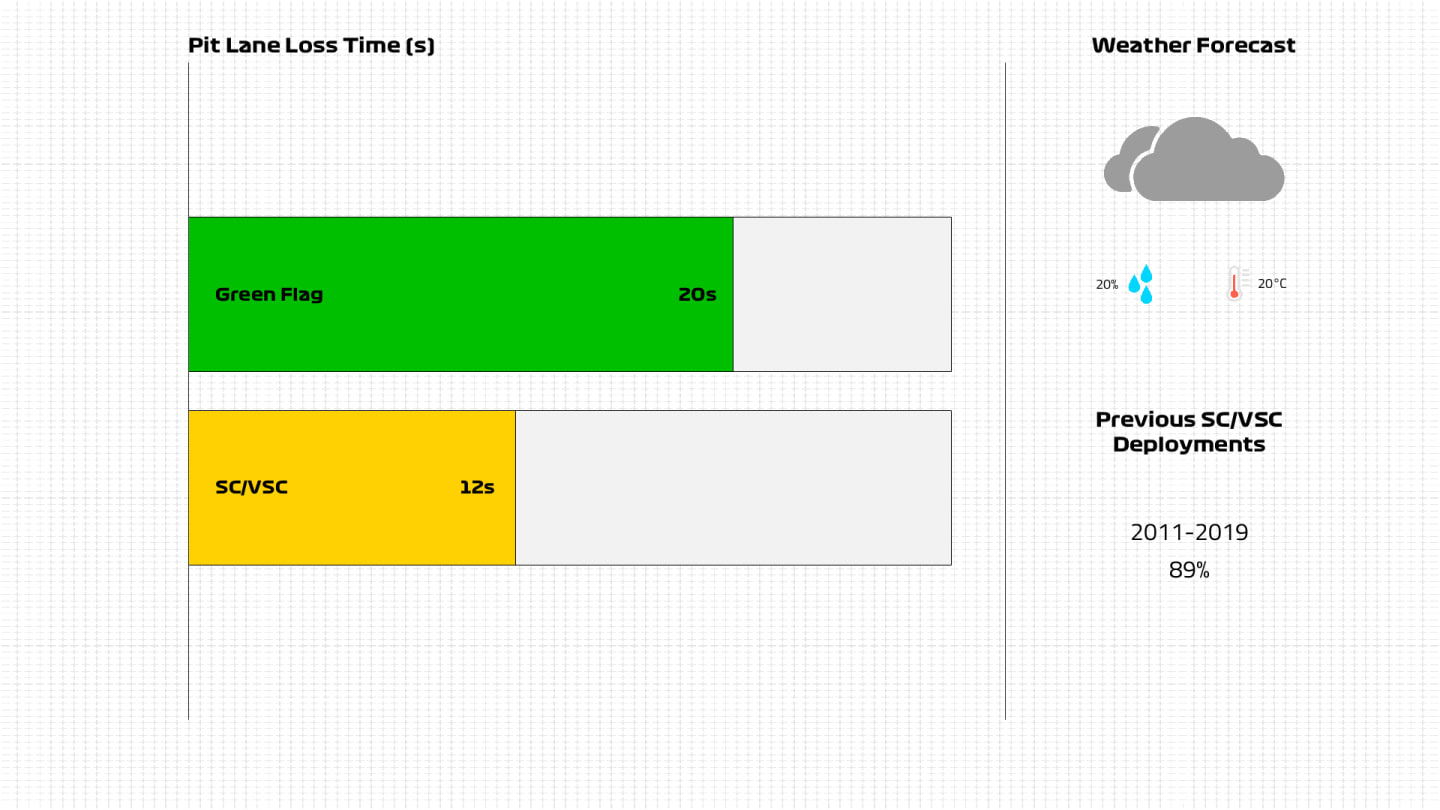
How about the rest of the top 10?
This applies to most drivers in the top 10 who aren’t in the lead, but the overall pace will be the important factor. They will also all start on soft tyres and look to switch to mediums at the right time, but in Monaco fresh rubber will not have the impact it often can.
That’s because the level of tyre wear is so low on the low-speed circuit that the undercut is not powerful, and there could actually be time lost while waiting to get the harder compound (almost certainly the medium tyre unless there’s a very early Safety Car) up to temperature. That means the overcut is a big possibility in Monaco.
For example, if Leclerc leads off the line but the likes of Max Verstappen and Valtteri Bottas can follow him closely, then if Leclerc were to pit from the lead, Verstappen could gain time by getting in laps in clear air even though he’d be on older tyres, and therefore jump Leclerc by pitting later.
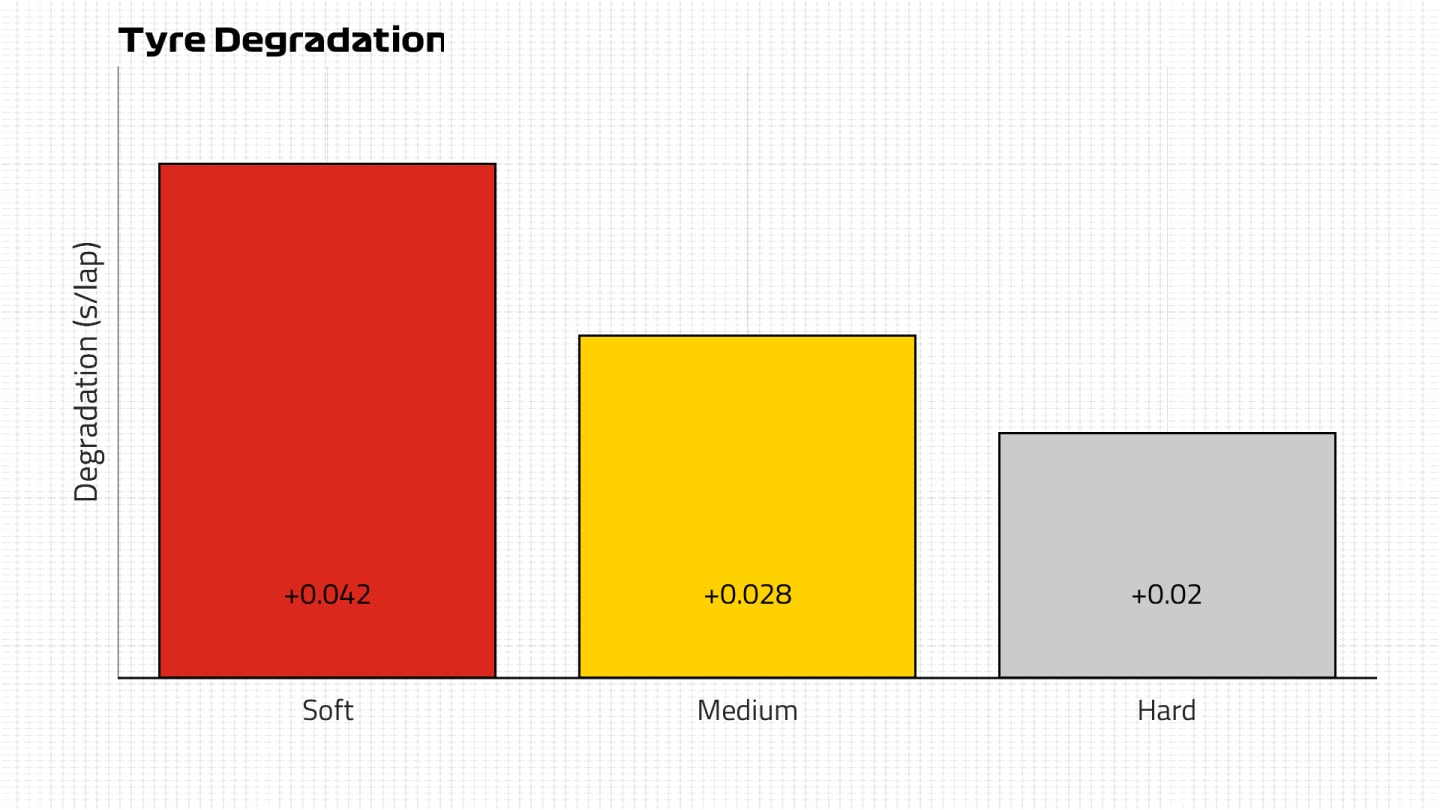
The difficulty comes with the fact that a following car will lose aerodynamic performance even on a low speed circuit, and is then more likely to slide around behind the car in front, increasing tyre temperatures and reducing grip. Just like the scenario for those fighting for the win, it means finding clear air to pit into is the number one priority.
What are the options for the bottom half of the field?
The quickest strategy remains starting on the soft and switching to the medium, especially when an early Safety Car is likely due to any incidents when the field is all bunched up. If a Safety Car happens extremely early, then a switch to the hards is a safe bet to get to the end, but there will also be drivers outside the top 10 who could consider the alternate strategy.
READ MORE: Ricciardo finds gap to Norris 'confusing' after worst Monaco qualifying since 2013
By opting for mediums at the start and hoping there isn’t an early Safety Car, anyone from 11th downwards will commit to running longer than all those in front, eventually gaining some space on track. That clear air then will allow them to go at their quickest possible speed and the wide pit window means they can comfortably reach the final third of the race before pitting for softs.
The perfect scenario for someone starting on the medium tyres would be to run long and gain track position as those in the top 10 stop, but then pit under a Safety Car in the second half of the race, in essence getting a free stop.
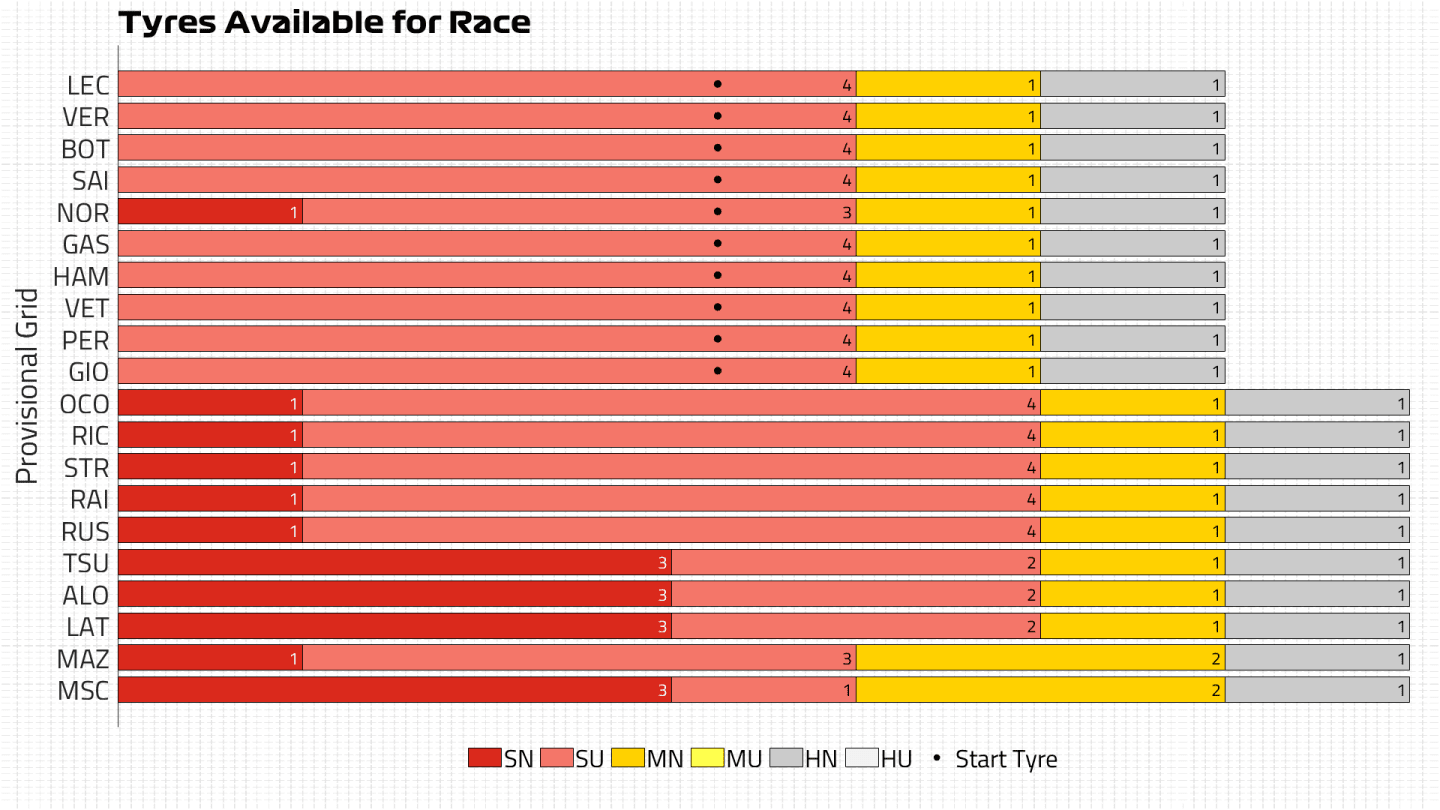
Wait, but what’s the weather doing?
As it stands, it looks fairly calm and warm, which appears to be good conditions but will have a major impact on proceedings. Saturday was much cooler than Thursday, for example, meaning getting the tyres into the right temperature window for a qualifying lap was difficult. If similar conditions were seen, then warm-up would be a challenge on the hards, but the softer compound tyres would be less likely to overheat.
READ MORE: 'We didn’t have the pace' laments Alonso after Q1 Monaco exit
The forecast is for a warmer day – similar to Thursday – with sunshine increasing track temperatures compared to yesterday. That will mean drivers have to focus on stopping the rear tyres from overheating, especially on the softs.
But there was some unforecast rain overnight ahead of Saturday’s running that saw the first F2 race take place in the wet, so there’s always a threat of a shower to keep an eye out for.
YOU MIGHT ALSO LIKE

Video WATCH: Verstappen collides with Russell in astounding moment during Spanish GP
News Aston Martin announce Stroll to miss Spanish Grand Prix
Feature FACTS AND STATS: McLaren’s first Spanish 1-2 for a quarter of a century

Video HIGHLIGHTS: Watch the action from the Spanish GP as Piastri wins while Verstappen and Russell collide
